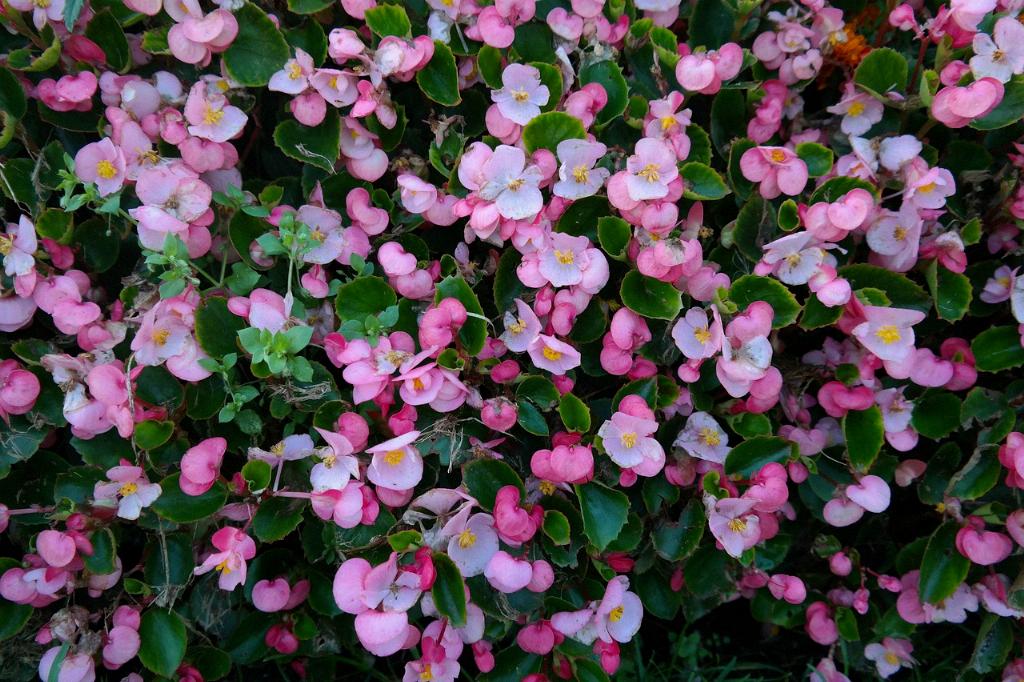Interested in adding a pop of color to your garden with beautiful begonias? Planting begonias is a simple and rewarding process that can elevate the aesthetic appeal of your outdoor space. In this guide, we will walk you through the steps to successfully plant begonias and ensure they thrive in their new environment.
1. Choose the Right Location
Before planting begonias, it’s crucial to select the right location for them to thrive. Begonias prefer partial shade to full shade, making them ideal for areas with filtered sunlight or dappled shade. Ensure the chosen spot has well-draining soil to prevent waterlogging, which can cause root rot.
2. Prepare the Soil
Prepare the soil by incorporating organic matter such as compost or peat moss to improve drainage and fertility. Begonias thrive in slightly acidic soil, so consider adding a layer of mulch to help maintain the soil pH and retain moisture.
3. Planting Transplants
When planting begonia transplants, space them 6 to 8 inches apart to allow room for growth. Dig a hole slightly larger than the root ball of the transplant and gently place the begonia in the hole. Backfill with soil and press lightly to secure the plant in place.
4. Starting Tubers Indoors
If starting tubers indoors, place them hollow side up, 1 inch apart in a shallow tray with moist potting mix. Keep the tray in a dark room and water sparingly to keep the soil moist but not waterlogged. Once the tubers start to sprout, they can be transplanted outdoors.
5. Watering and Maintenance
Water begonias regularly to keep the soil evenly moist, but be cautious not to overwater as this can lead to root rot. Fertilize the plants every few weeks with a balanced fertilizer to promote healthy growth and vibrant blooms.
6. Deadheading and Pruning
Deadhead faded flowers regularly to encourage continuous blooming and remove any spent or yellowing leaves to promote airflow and prevent disease. Pruning leggy stems will help maintain a compact and bushy plant shape.
7. Pests and Diseases
Keep an eye out for common begonia pests such as aphids and spider mites, which can be treated with insecticidal soap or neem oil. Prevent fungal diseases by watering at the base of the plant and avoiding overhead watering to reduce moisture on the leaves.
8. Winter Care
As the temperatures drop, consider bringing potted begonias indoors to overwinter in a bright, cool location. In milder climates, you can mulch outdoor begonias to protect them from frost damage and ensure they survive the winter.
9. Propagation
Looking to expand your begonia collection? Propagate begonias through stem cuttings or division to create new plants. Simply cut a healthy stem and place it in water to develop roots, or divide a mature plant into sections and replant them in fresh soil.
10. Enjoying Your Begonias
With proper care and attention to their needs, begonias will reward you with an abundance of colorful blooms throughout the growing season. Sit back, relax, and enjoy the beauty of your flourishing begonia garden!

